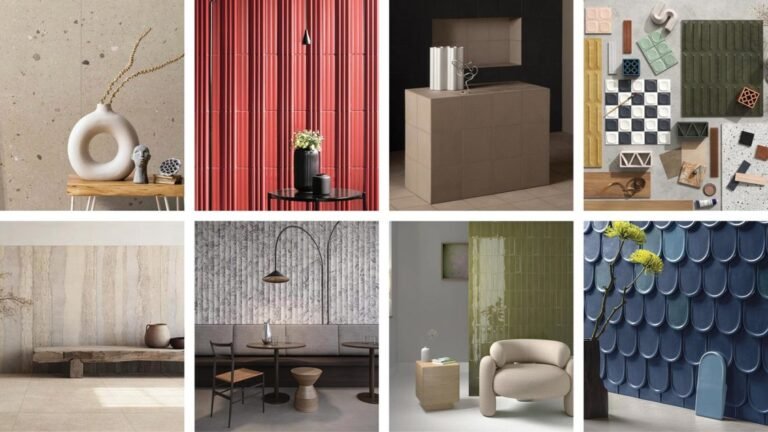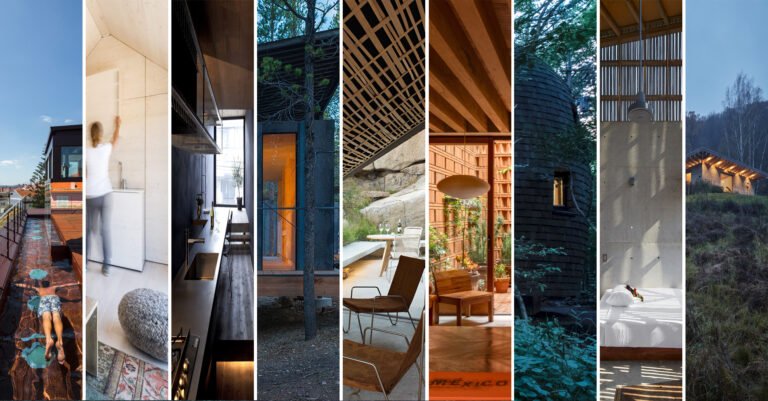29 de Noviembre School Reconstruction / Taller Síntesis
29 de Noviembre School Reconstruction / Taller Síntesis


Text description provided by the architects. Colegio 29 de Noviembre is an educational institution built in 2010 in the district of Nueva Colonia, in Turbo, Colombia. One of the few public infrastructures in a town with high rates of poverty and deficiencies at all levels in public services, roads, housing, etc.



Unfortunately, at the time of its construction, the conditions of the place were ignored, a zone with an average temperature of 29°C, with a humidity of more than 80% and heavy rainfall. The school building then lacked logic in its implementation, which generated problems such as classrooms that were too hot and dark, since they were spaces that were closed to the outside, denying the possibility of cross ventilation; or roofs without eaves that, in addition to generating leaks and flooding due to water retention on the roof with an attic wall, did not protect the walls from the strong sun in the area, which heated up the interior spaces even more.



In addition, and just as importantly, the opportunity to build not only classrooms but also spaces that would provide the building with uses for the entire community, was not utilized. For example, the central courtyard was a marshy area that didn’t allow play and activities and in which animals such as snakes and buffaloes lived, putting the students in danger.

In 2018, in collaboration with the Fundafrut Foundation, we advanced the proposal to intervene in the existing building, improving the conditions in which the children studied, in addition to expanding the existing facilities. To do this, we started from three premises:

- Adapting the existing building to the climatic conditions of the area: for this, the existing roof has been extended, generating eaves of more than three meters that give shade to the facades and corridors. The facades have been opened with permeable enclosures to generate cross ventilation and to naturally illuminate the spaces, and the central courtyard has been levelled to channel the waters, thus creating space to locate a sports field and an area for children’s games.



- Reconciling the scale of the building with the scale of the children: The existing high windows are enlarged, allowing the children to properly see outside, thus going from a closed space to one that promotes transparency and allows the children to understand themselves as part of an educational community. Benches and niches are also generated to create spaces for leisure and socializing.

- Generating a series of new spaces with a more public and diverse program, open to the use of the community. We are aware that in a place like this, where state intervention is scarce or non-existent, the project must have a greater social responsibility, which is why we designed an infrastructure that uses its spaces to fulfil other functions in addition to those planned from the beginning. The intervention provided the school with new access spaces, adequate bathrooms, kitchen, dining room and workshops, and new environments that were thought of in a close relationship with the area so that they can be used not only by the students but by the rest of the community as well. These new spaces surround an access square that is used as an excuse to provide the first public space of any kind to Nueva Colonia.




The project was able to resolve not only the constructive and outlining problems of the old building but also motivated the students to use the facilities of Colegio 29 de Noviembre more intensively, which in turn managed to generate new dynamics in the area, with additional courses for extracurricular hours for children who wanted to stay at school for longer, which in turn forced extracurricular activities to be scheduled for parents and people outside the school, who with curiosity visited the school to see why the children didn’t want to leave it.







